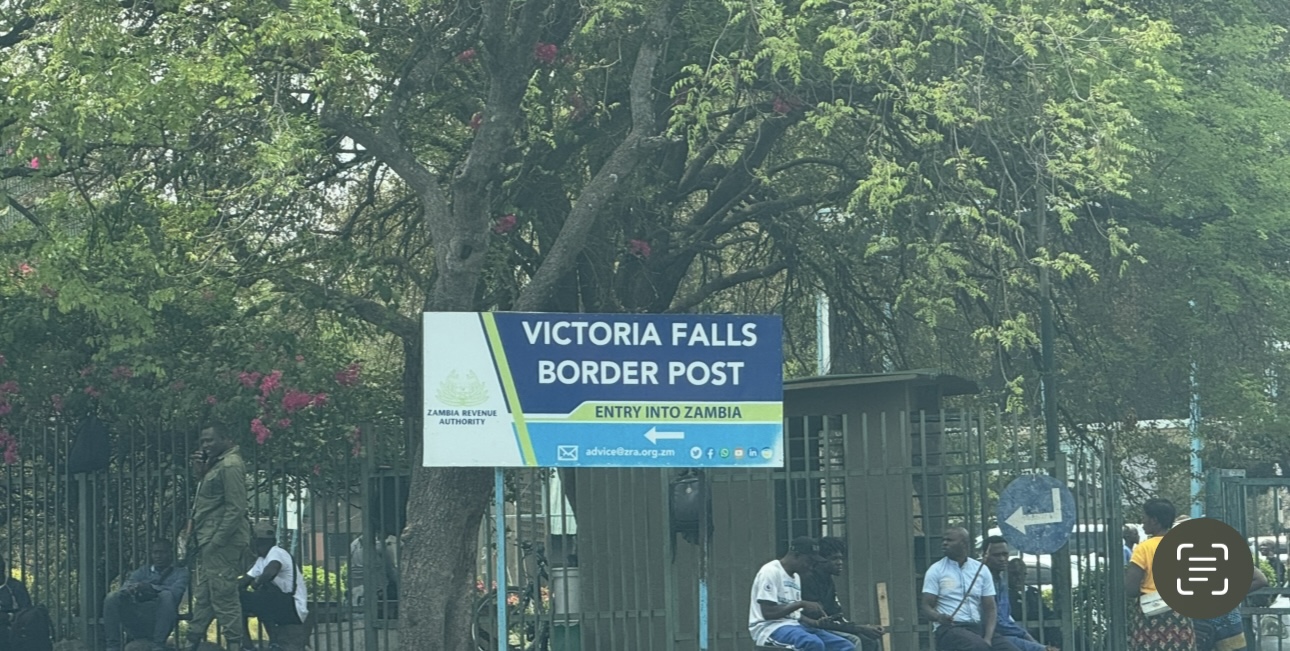BY LEONARD NCUBE
Part of the over 7 000 children and delegates from across Southern Africa who are expected to attend the World Children’s Day celebrations in Victoria Falls tomorrow have started arriving in the resort city, which is already experiencing huge vehicular and human traffic.
The Chronicle, reports that, Zimbabwe, in partnership with Unicef, is hosting the children from seven SADC countries — Botswana, Malawi, Mozambique, Namibia, South Africa, Zambia and Zimbabwe, for the World Children’s Day.
The day is observed every November 20 but celebrations will be held tomorrow at Baobab Primary School so that the programme does not disturb learning and examination processes.
High ranking delegates from Namibia, and children from five of the countries had arrived yesterday, with the majority expected today and tomorrow.
Public Service, Labour and Social Welfare Minister July Moyo, his Permanent Secretary Mr Simon Masanga, Matabeleland North Provincial Affairs and Devolution Permanent Secretary Ms Sithandiwe Ncube plus officials from the Ministry of Primary and Secondary Education are already in Victoria Falls coordinating preparations for a successful event.
Proceedings will start this morning with a golf and chess tournament for children at Elephant Hills Golf Course and Mosi-oa-Tunya High School.
This will culminate in a prize-giving ceremony for winners of the two tournaments at a dinner to be hosted by the First Lady, Dr Auxillia Mnangagwa, this evening at Elephant Hills Resort.
According to update reports at the preparatory meeting chaired by Minister Moyo yesterday, the golf and chess tournaments will start this morning with junior golfers teeing off and those playing chess also taking part.
There will also be about 200 non-golfers who will also be taken to the golf course so they learn the sport.
The main event will take place tomorrow where President Mnangagwa is expected to be joined by his counterparts and their representatives from the six SADC countries that are part of the programme.
Proceedings will start with a road march by children between 7am and 9am ahead of the main programme.
After the proceedings and lunch, a total of 570 children will be taken for a tour of the Victoria Falls Rainforest, a Unesco designated World Heritage Site and one of the Natural Wonders of the World.
Transport, accommodation and feeding logistics for all the children have been arranged so that they enjoy their day.
Speaking at the meeting, Minister Moyo said he was impressed by the Whole of Government approach exhibited by various ministries and departments, in partnership with Unicef, which is co-hosting the event with Zimbabwe.
“We will assembly at the Elephant Hills where the First Lady and other delegates will participate at the children’s dinner. Some have started arriving so we will end the dinner early so that the children go and rest,” he said.
“On Saturday they will march from 7am so that they arrive at the venue by 9am. After the programme, 570 children are what we are going to cater for at the Rainforest.
“In the evening there will be a monumental lighting of the Flame of Hope on the ‘No Man’s Land’ on the Victoria Falls Bridge officiated by Vice-President General (Retired) Dr Costantino Chiwenga. That is the broad outline of the programme,” said Minister Moyo.
Matabeleland North will provide the bulk of the 7 470 children expected at the event.
According to the organising committee, 450 will come from the country’s nine provinces other than Matabeleland North who will provide 7 020. About 1 200 of these will come from the six Matabeleland North districts while 5 820 will come from Hwange District.
Of these Hwange children, 4 520 will arrive early tomorrow morning while 1 300 are coming today.
The children will be staying at Rest Camp and several schools that have been designated as villages for them.
The Environmental Management Agency has identified 60 volunteer litter pickers and still wants 40 more, the mop out litter during the course of the two days.
The venue is almost ready will tents set, chairs set and final touches being done.
If anything, Baobab Primary School, looking more like a mini-city because of the set-up, are the biggest beneficiaries of the programme considering the amount of rehabilitation work being done at the school.
Classroom and administration blocks have been repainted, landscaping done on the school grounds while a perimeter fence is being erected and a new gate opened.
A borehole is to be drilled at the school and Minister Moyo yesterday said the facility should be allowed to run a tuck-shop during the event so they benefit from hosting the crowds. There will also be various exhibitors at the event while a roadshow will also be done to publicise the event.
Unicef country director, Ms Etona Ekole, appreciated work done by the organising committee so far.
“Thank you for the organisation and dedication you have shown. We are impressed by the commitment and I think we are going to have incredible celebrations,” she said.
The 2024 Regional World Children’s Day commemorations will build on the Calls-for-Action of children and the commitments by the Heads of State made at the previous celebrations, which focused on education, climate, children with disability and the need for society to be inclusive and uphold children’s rights.
The children from the participating countries will present an updated call for action and hold their governments accountable for the commitments made to promoting children’s rights.
Every 20 November, the world celebrates World Children’s Day, which highlights the right to participation, which is one of the underpinning principles of the United Nations Convention on the Rights of the Child (UNCRC).
Since 2021, four countries — Botswana, Namibia, Zambia and Zimbabwe — have come together to celebrate the Regional World Children’s Day jointly, and this year Zimbabwe hosts the programme building on the momentum created by the commemorations in Botswana in 2021, Zambia in 2022 and Namibia last year.
Malawi, Mozambique and South Africa have been invited to join the commemorations making seven attending countries.
SOURCE: THE CHRONICLE

 Slider3 years ago
Slider3 years ago
 National4 years ago
National4 years ago
 Tourism and Environment4 years ago
Tourism and Environment4 years ago
 Opinion4 years ago
Opinion4 years ago
 Special reports4 years ago
Special reports4 years ago
 National4 years ago
National4 years ago
 National3 years ago
National3 years ago
 National3 years ago
National3 years ago


